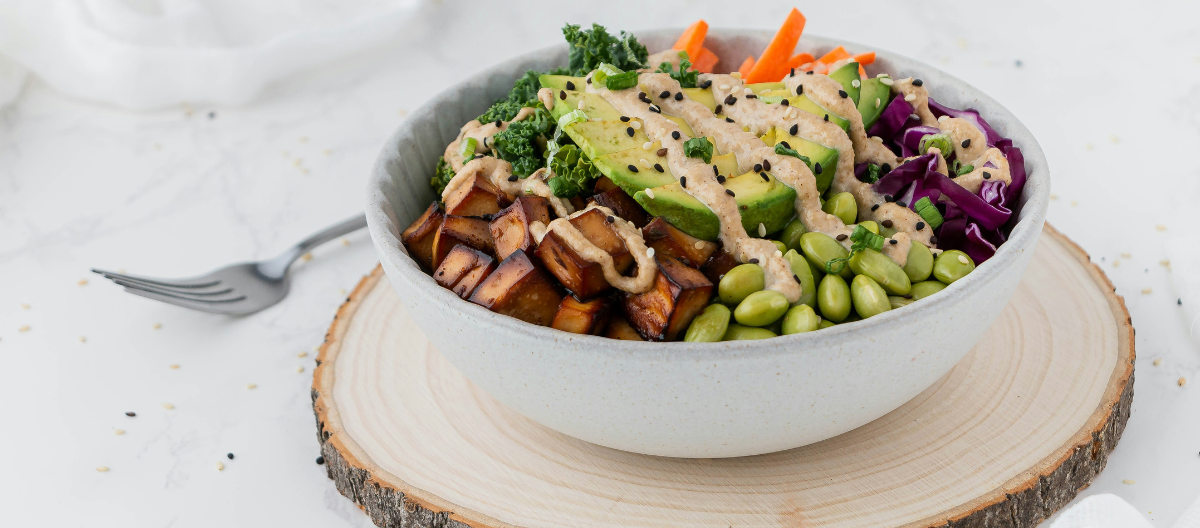Hey Diva dressing fans! When the items we love coincide with brands we work with, Diva dressing will use Paid Links in our articles. If you decide to click on these links and purchase the product, we get a small commission. Our Opinions Are Our Own, but we do add Paid Links as a way to offer these products at no added cost to our readers. Want to know more? Click Here to check out our Terms of Use anytime!
Low-carb diets have gained significant popularity for their potential to aid weight loss and improve metabolic health. However, not all low-carb diets are created equal. Here we’ll explores some of the most popular low-carb diets, highlighting their key differences, principles, and potential benefits.
Ketogenic Diet (Keto)
Ketogenic diet is a high-fat, very low-carbohydrate diet designed to induce ketosis—a metabolic state where the body burns fat for fuel instead of carbohydrates.
Macronutrient Breakdown:
- Carbohydrates: Typically 5-10% of total daily calories (about 20-50 grams).
- Proteins: 15-30% of total daily calories.
- Fats: 70-80% of total daily calories.
Emphasizes foods high in healthy fats (avocados, nuts, seeds, oils) and moderate protein (meat, fish, eggs).Very limited intake of grains, sugars, fruits, and starchy vegetables.
Often used for weight loss, management of epilepsy, and improving certain metabolic conditions.
Pros: Effective for rapid weight loss, may improve insulin sensitivity, and provides stable energy levels.
Cons: Can be difficult to maintain long-term; some may experience the “keto flu” as they adjust; nutrient deficiencies are possible without careful planning.
Atkins Diet
Developed by Dr. Robert Atkins, this diet promotes weight loss through a phased approach, starting with a very low carbohydrate intake and gradually increasing it.
Macronutrient Breakdown:
- Phase 1 (Induction): 20-25 grams of net carbs per day.
- Phase 2 (Balancing): Gradually add healthy carbs while monitoring weight loss.
- Phase 3 (Pre-Maintenance): Aiming for a stable weight, allowing more carbs.
- Phase 4 (Maintenance): Sustainable low carb eating to maintain weight.
Key Features:
- Focuses on high protein and fat intake.
- Allows more flexibility in later phases, with an emphasis on whole foods.
- Encourages low-glycemic vegetables, nuts, and healthy fats.
Pros: Provides a structured approach that can lead to gradual weight loss; allows for greater dietary flexibility over time.
Cons: The initial phase can be restrictive; some may find it hard to transition between phases.
Paleo Diet
Paleo diet emphasizes eating like our hunter-gatherer ancestors, focusing on whole foods and avoiding processed items.
Macronutrient Breakdown: The diet doesn’t have strict macronutrient percentages, but it tends to be moderate in carbs and high in protein and healthy fats.
Key Features:
- Includes lean meats, fish, fruits, vegetables, nuts, and seeds.
- Excludes grains, legumes, dairy, processed foods, and refined sugars.
- Encourages whole, unprocessed foods.
Pros: Focuses on whole, nutrient-dense foods; may improve overall health and wellness.
Cons: Can be restrictive; may be difficult for those used to grains and dairy; lacks scientific consensus on some claims.
Dukan Diet
Developed by Dr. Pierre Dukan, the Dukan Diet is a high-protein, low-carb diet that consists of four phases.
Macronutrient Breakdown:
Primarily focused on protein in the early phases, transitioning to include vegetables in later stages.
Key Features:
- Phase 1 (Attack): Unlimited protein sources.
- Phase 2 (Cruise): Alternates protein days with protein and vegetable days.
- Phase 3 (Consolidation): Gradually reintroduces carbohydrates and fats.
- Phase 4 (Stabilization): Focuses on maintaining weight.
Pros: Promotes rapid weight loss; encourages high protein intake, which may help with satiety.
Cons: Can be restrictive; may lead to nutrient deficiencies; not suitable for long-term adherence.
Low-Carb, High-Fat (LCHF)
The LCHF diet promotes a low carbohydrate intake while increasing healthy fats.
Macronutrient Breakdown: Similar to the ketogenic diet, but less strict on carbohydrate limits, generally comprising around 10-30% of total daily calories.
Key Features:
- Focus on whole foods, including fatty cuts of meat, fish, eggs, nuts, seeds, and non-starchy vegetables.
- Allows for a more flexible carbohydrate intake compared to keto.
Pros: Can lead to weight loss and improved blood sugar control; more flexible and sustainable for some.
Cons: Success relies on individual preferences; can still lead to weight regain if not maintained.
Here are some products you can try at your kitchen
Ritz CLH45S-1 Striped Kitchen Towel – 14 1/2″ x 25 1/2″, Cotton, White/Red $17.93

Benriner BN9 Japanese Kitchen Mandoline Slicer w/ (3) Stainless Steel Blades – ABS Plastic $31.49


Shun 9″ Kitchen Shears, Take-A-Part Design



